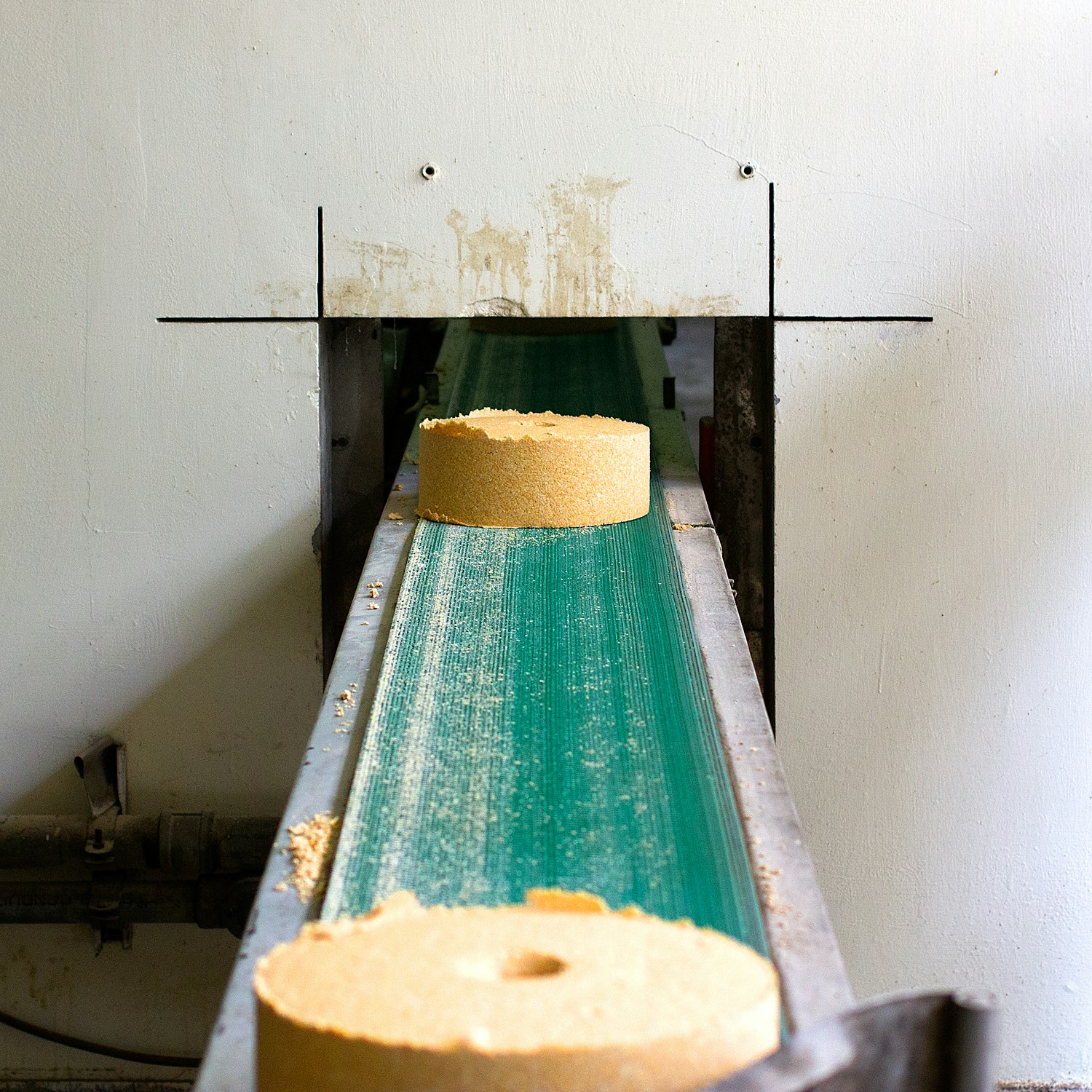
15 Jan · 4 minutes min
Labor Cost Reduction Without Sacrificing Productivity

The Business & The Challenge
A global food &beverage manufacturer with USD 25 billion in revenue and operations spanning 73 plants in 12 countries across 5 continents faced urgent post-merger integration pressures. Among them:
- The need to optimize labor costs across a large, diverse operation
- Pressure to drive efficiency while maintaining or improving productivity
- Variability in processes and labor practices between sites
The solution:
Develop a standardized, optimized operational labor model based on value-driven diagnostics.
Approach Details
Falconi launched a multi-wave transformation plan spanning over a year with five core waves, followed bya results sustainment phase.
Key Implementation Phases:
- Wave 1–3: Global data collection and plant baseline alignment
- Wave 4: Hypothesis testing and validation of new labor standards
- Wave 5: Execution and control of the new model
- +5 months follow-up: Continuous monitoring and results reinforcement
Strategic Steps:
- Centralized global analysis to identify best practices
- In-depth labor efficiency benchmarking and task division assessments
- Alignment of baseline assumptions across plants
- Design of new labor structures using value-added analysis and waste identification (Muda)
Results Achieved
Initiative Area Value (USD) Share (%)
Headcount Reduction/Elimination/Combination $29.3M 25%
Processes & Procedures Revision $24.4M 21%
Overtime Reduction $22.9M 20%
Shift/Crewing Structure Changes $18.9M 16%
OEE Improvement $11.1M 10%
Equipment & Machine Adjustments $8.8M 8%
Total Savings $163M 100%
✅ Enhanced efficiency with no drop in productivity
✅ Eliminated poor task divisions and streamlined crew structures
✅ Sustained improvement via embedded internal methodology
Why It Worked
- A data-first approach to labor analysis using centralized and plant-level benchmarks
- Visual tracking of time, performance, and task distribution (e.g., time cooking variability for specific recipes)
- Addressed labor inefficiencies without compromising output goals
- Created a replicable labor cost model internalized across the global company structure
Conclusion
Falconi supported this multinational manufacturer in achieving USD 163M in labor savings through disciplined diagnostics, well-paced execution, and a globally scalable model. The initiative helped turn a merger challenge into a long-term performance advantage — maintaining operational excellence while significantly reducing labor costs.


